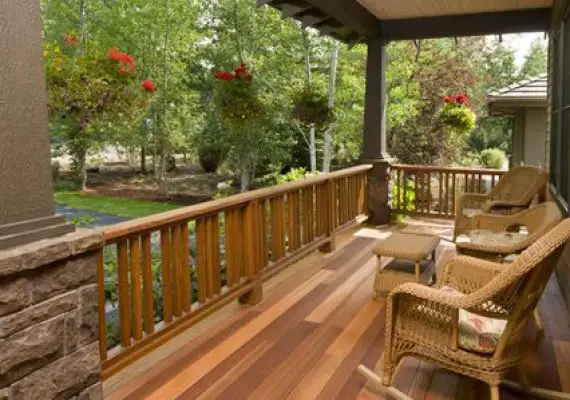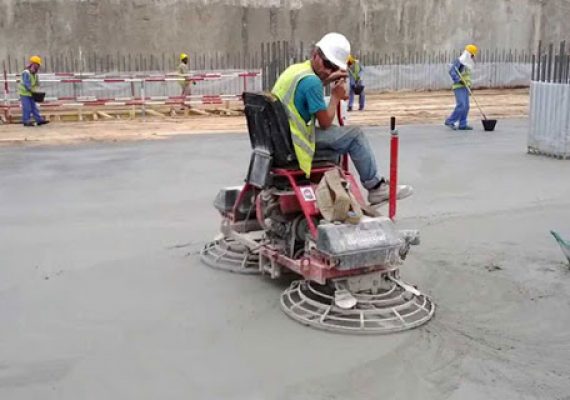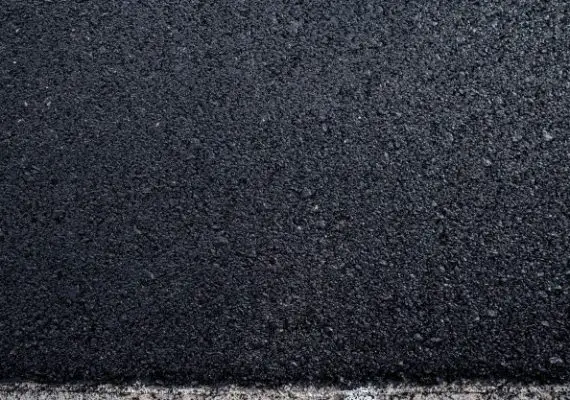What Is Slippage Cracking in Pavements?
What Is Slippage Cracking in Pavements?
Slippage cracking is a type of pavement distress that occurs when the asphalt surface loses its bond with the underlying base course, resulting in slippage and vertical displacement along longitudinal joints or cracks.
This kind of crack appears as a transverse crack and looks divided into two pieces. It usually develops over time due to repeated traffic loads or environmental stresses such as temperature change; water infiltration, permafrost, and freeze-thaw cycles can also cause slippage cracking.
Slippage cracks are particularly problematic because they lead to further subgrade damage, decrease ride quality, increase maintenance costs, delay opening times and negatively affect safety.
Possible Causes of Slippage Cracking
Slippage cracking in pavement surfaces can occur due to many factors, including braking or wheel turning.
This can cause the surface of the pavement to slide and become deformed. One possible cause of this sliding and deformation is a surface mix that is not strong enough or has poor bonding between the surface layer (made of Hot Mix Asphalt) and the underlying layers of the pavement structure.
What Is The Corrective Measure For Longitudinal Cracks?
To fix longitudinal cracks, it is recommended to seal them to prevent moisture from entering the subgrade through them and prevent the cracks’ edges from deteriorating further.
Sealing cracks in hot mix asphalt (HMA) can help extend its service life, even if small cracks have already formed (as stated in Roberts et al., 1996).
What Can I Spray On A Belt To Stop It From Slipping?
Belt Dressing Spray is a colorless, non-toxic solution that can be sprayed onto belts to improve grip and reduce wear.
It can help prevent belt squealing and slipping, and its conditioning properties help keep belts from drying out and cracking, improving transmission efficiency and extending the belt’s life.
What Is The Corrective Measure For Slippage Cracks?
Slippage cracks are a common issue in concrete structures due to the effects of fatigue and settlement.
The corrective measures for slippage cracks include joint treatment, crack injection and anchoring, surface repair with epoxy or polyurethane resin, mechanical or reinforced masonry sleeves, and steel helical pins.
Joint treatment involves widening the existing joint with a rotary hammer to create a more significant gap to fill and protect against future cracking. Crack injection strengthens the weakened structure by pushing an epoxy material into a void created by an opening in the cracked surface.
Anchors can be used when there is a need for extreme stiffening of the structure. Surface repairs typically involve filling areas where water has penetrated voids within the concrete system with epoxy or polyurethane resins modified as pressure-injected materials.
Mechanical or reinforced masonry sleeves are also used to support existing walls, preventing potential failure due to significant load demands. Lastly, helical pins can be embedded deep into concrete surfaces to securely hold them together and prevent further damage from occurring.



